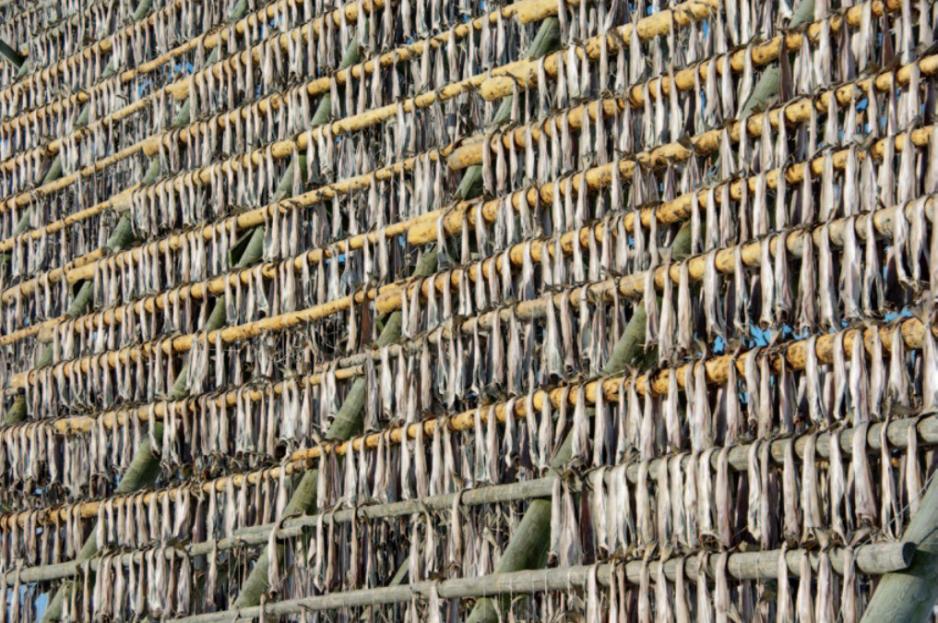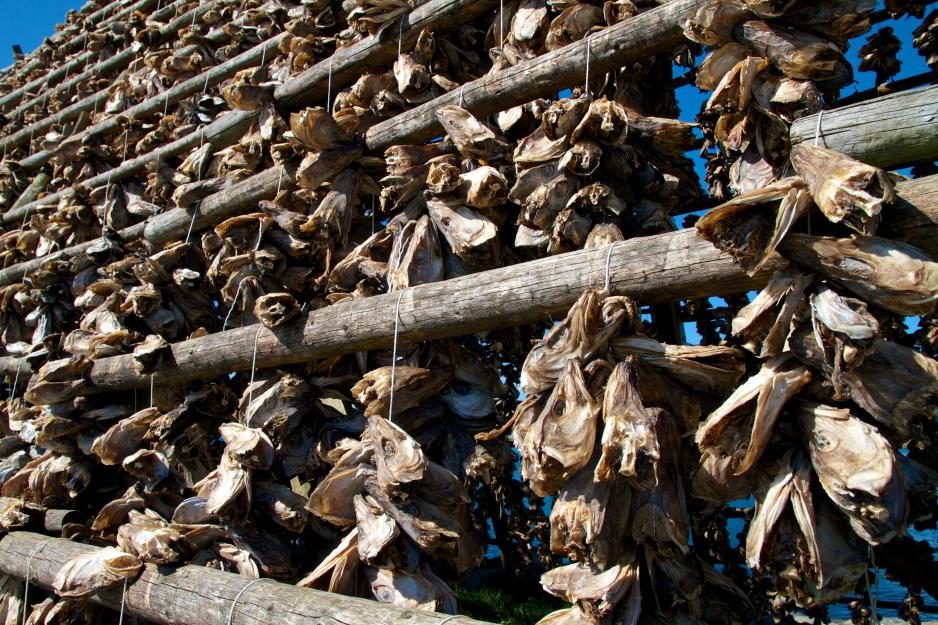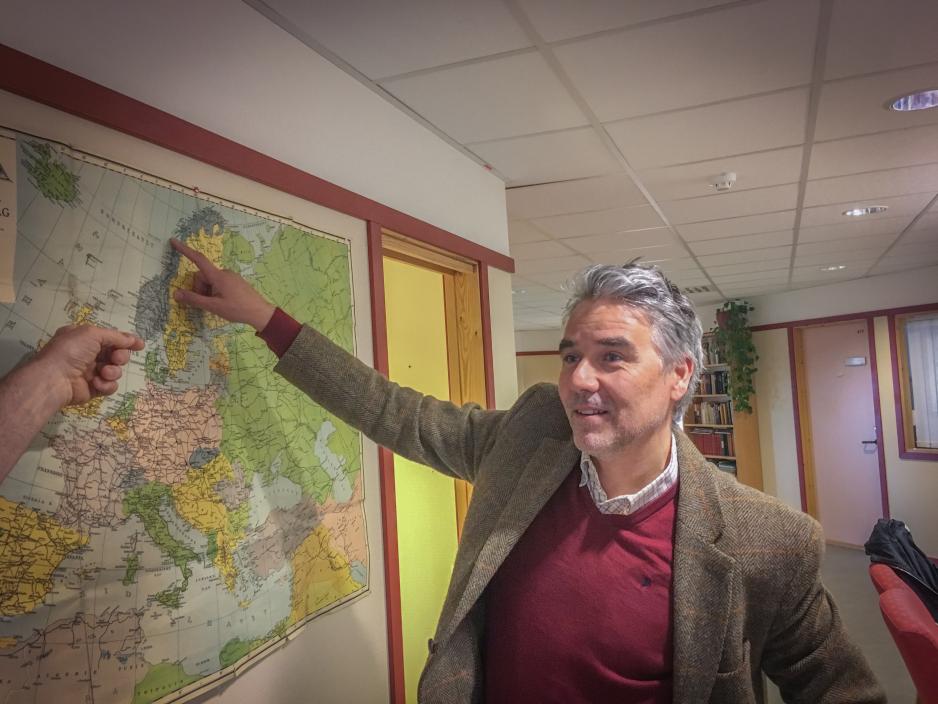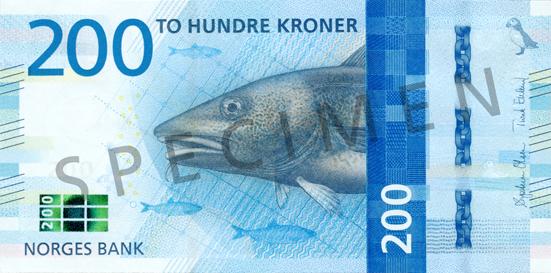Where Would Norway Be Without Cod?
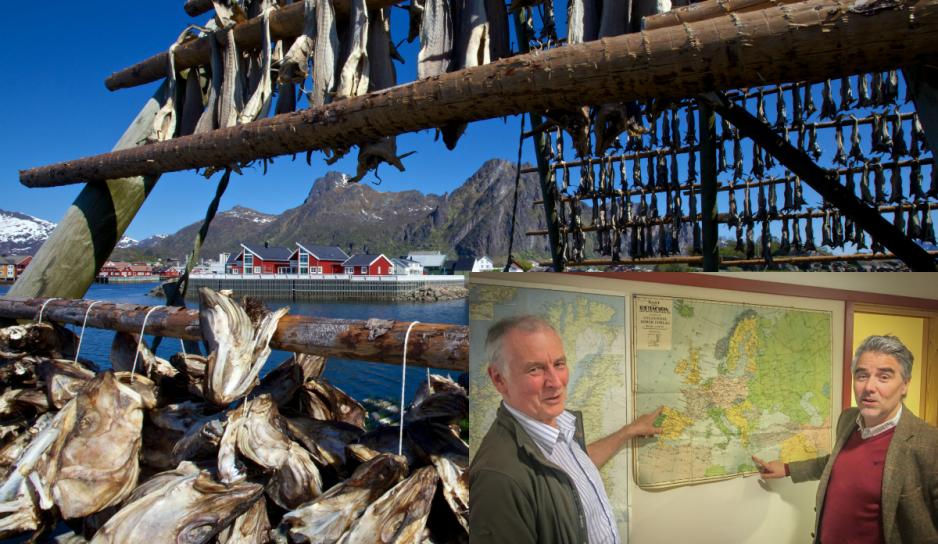
Herring was a wild card in the lottery. Cod represented the daily bread, the one you could rely on to bring you through the day when living along the coast of Northern Norway.
And for history professors Steinar Aas and Allan Hutchinson at Nord University there is no doubt: The cod was what enabled a sustainable lifestyle along the North Norwegian coast. So where would Norway be without the cod?
- We’d probably exist, though most things would be remarkably different, Hutchinson says.
European cod cooperation
This week, Steinar Aas and Allan Hutchinson have sat together with a group of scientists with an interest in cod. Through the EuroCOD program they are looking into opportunities for creating cooperation projects between institutions in Europe and Norway, all related to the history of cod.
- We work to track the cod, to trace its routes, and to look into how it has affected not only us in Norway, but also Italians with their stoccafisso, the Portugese food traditions and the archeological extent in Great Britain, Professor Aas tells High North News.
He tells about the goods and opportunities we had, despite living in the periphery of Europe.
- There are both cultural and economic aspects of the cod that we do not always consider, but rather take for granted. The fact that it connected us with the rest of the world despite our living in very remote areas, for instance, Aas says.
A window to the world
It is no coincidence, therefore, that an image of the cod now marks the new 200 kroner bank note in Norway. The cod has had vital significance all the way back to the medieval ages in Norway, and it has been vital for society and organizational structures along the entire coastline. Cod fisheries and production of cod products provide for stability and tradition, as well as representing collaboration between Norway and several other countries.
- The whole structure of our society is built around catching cod and shipping it southwards in exchange for grain and grain-based goods. The cod has been our window to the world, and in return, we received impulses, world products and languages, History Professor Allan Hutchinson at Nord University tells High North News.
This week, the new bank notes were launched and celebrated in Svolvær, right in the heart of Lofoten, which sees the historic cod fisheries every winter. This is thee place where the fisheries have played a crucial role for Norwegian and North Norwegian economy through thousands of years.
- The fact that we this week sit down and talk with people from other countries about cultural heritage, about the cod’s significance for the development of society, of shipping and the particular trade system that managed fish trade, speaks volumes. This is not just North Norwegian history; this is Norwegian and European history, Hutchinson says.
The new bank notes are retrospective and the motives communicate vital features of Norwegian maritime history. It was the search for productive fishing and hunting that brought the very first settlers to the Norwegian coast more than 11,000 years ago. And they found what they were searching for.
- I find it refreshing to have an image of cod on the new 200 NOK bank notes. And I just love the film made by the Bank of Norway, when the Bank’s Governor gets a cod in his lap, Aas smiles.
More secure bank notes
During the last few years, several countries have started producing newer and more secure bank notes. Even though money forgery is a minor problem in Norway, keeping the old bank notes would have represented a risk.
- Being the national bank, we hold the responsibility for making sure that Norwegian bank notes have a sufficient level of security at all times. Therefore, we have developed this new series of bank notes, which is more secure than ever, says Governor Øystein Olsen of the Bank of Norway.
For the first time ever, the portraits on the notes have been replaced. Today, the sea is the broader theme for the new motives.
- The bank notes and coins of the Bank of Norway are the communal money of our nation, money we share and jointly vouch for. It is thus natural that they reflect the story about something that characterizes us as a nation and as a community. The sea and the coast are vital in the story about Norway. I therefore hope that the new bank notes will work as business cards for our country, says Olsen.
Norway Bank releases fishy music video. Here's how Norway is celebrating its fishy new bank note:
